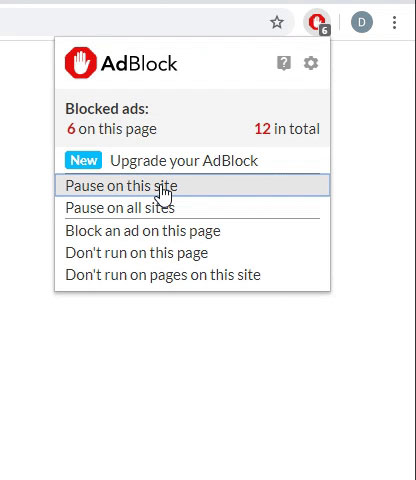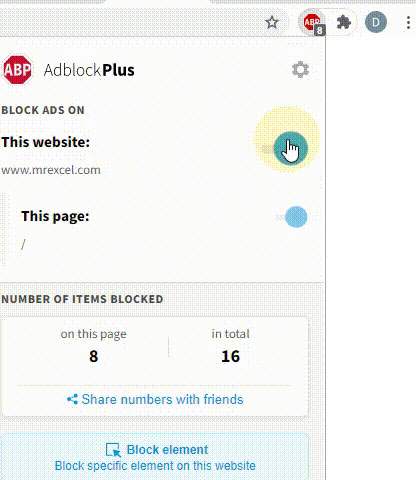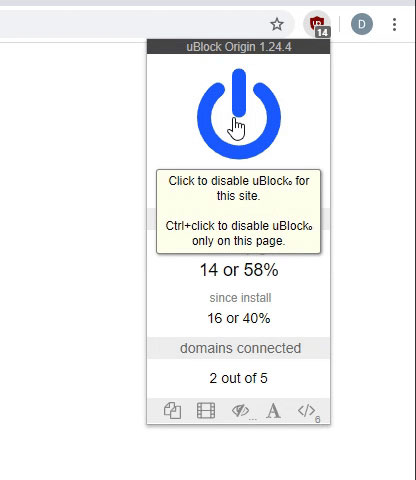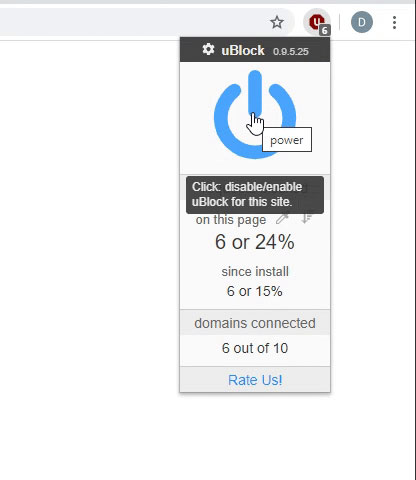I have formulas and data across 3 tabs.
The first tab contains the following:
where the formula in the numerical column look like this:
=COUNTIFS(Kits!T:T,-4,'Tracked SKU'!B:B,"X") and the final value is the sum, which is correct, there are 162 items being tracked.
however, when I change the sorting applied in the Kits tab to a different column (for a different purpose), the formulas return only 159 results, which doesn't make any sense to me. It should return the same number of total SKU no matter how I've sorted it. I tried putting the Tracked SKU on the same tab as the formula so that I could rewrite the formula as such:
=COUNTIFS(Kits!T:T,-4,I:I,"X") but in that instance it returns the completely wrong information altogether which is even more perplexing to me.
Any thoughts? While I can simply put a note in that says the file must be sorted on Kits T:T to get the correct summary, it's kind of clunky.
The first tab contains the following:
| No Inventory | 3 |
| Below SS, no bottles | 3 |
| < 1 mos, no bottles | 56 |
| Below SS, need to kit | 1 |
| < 1 mos, bottles avail | 26 |
| >30 days coverage | 73 |
| 162 |
where the formula in the numerical column look like this:
=COUNTIFS(Kits!T:T,-4,'Tracked SKU'!B:B,"X") and the final value is the sum, which is correct, there are 162 items being tracked.
however, when I change the sorting applied in the Kits tab to a different column (for a different purpose), the formulas return only 159 results, which doesn't make any sense to me. It should return the same number of total SKU no matter how I've sorted it. I tried putting the Tracked SKU on the same tab as the formula so that I could rewrite the formula as such:
=COUNTIFS(Kits!T:T,-4,I:I,"X") but in that instance it returns the completely wrong information altogether which is even more perplexing to me.
Any thoughts? While I can simply put a note in that says the file must be sorted on Kits T:T to get the correct summary, it's kind of clunky.





